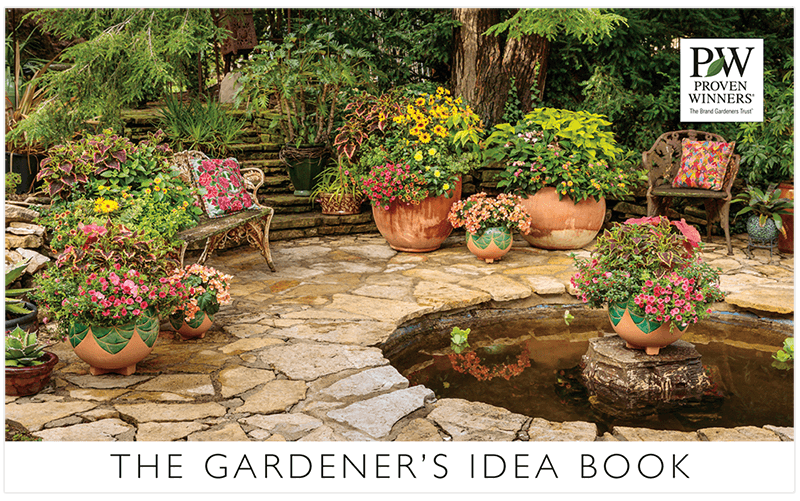Prayer Plant - The Ultimate Growing Guide
Enhance your home or office decor with these colorful indoor houseplants

Check here to see if your Local Garden Center or The Home Depot® is carrying leafjoy®.
Prayer plant (Calathea) is a popular indoor houseplant grown for the striking foliage, which occurs in a wide range of patterns, colors and shapes. Native to rainforests of South America, this tropical plant is named for the foliage that folds upwards at night, resembling praying hands.
The common name is shared by several types of prayer plants in the Marantaceae family, including Calathea, Maranta, Ctenanthe and Stromanthe. These tropical plants are easy to care for, performing best in growing conditions that mimic their native habitat.
PRAYER PLANT CARE & PLANTING
How to plant: Calathea prayer plants have a moderate to fast growth rate and may need repotting every 1 to 2 years. Remove prayer plant from its pot and inspect the roots. If roots fill the pot and are tightly wound, it’s time to transplant into a larger pot. Wait until spring when plants are actively growing to transplant. Calathea doesn’t like its roots disturbed, so care should be taken when planting.
- Use a pot that is 1 to 2 inches larger in diameter and slightly deeper than the previous pot.
- Remove prayer plant from its current pot and inspect the roots for signs of root rot or other problems. Cut out any visible damage. Check plants for any other pest or disease problems.
- Make sure the new pot is clean and sterilized if it has been previously used to prevent the spread of disease. Pots should have drainage holes in the bottom to allow water to drain through.
- Put a thin layer of fresh potting soil in the bottom of the new pot and place the prayer plant at the same level it was in the previous container.
- Add fresh potting soil around the sides of the root ball up to the base of the plant.
- Gently firm soil to remove air pockets, and water slowly until fluid drains out of the bottom of the pot.
Light: Provide medium to bright indirect light from an east- or west-facing window. Avoid direct sunlight, which can burn the leaves. If necessary, use a sheer curtain to diffuse the light.
See more low-light houseplants
Temperature: Calathea prayer plant prefers warmer temperatures found in its native tropical habitat. Optimal temperature range is between 60-85 degrees F. Plants may suffer damage if room temperatures drop below 55 degrees F for an extended period.
Humidity: Prayer plant thrives in high humidity as found in its native habitat. To boost indoor humidity levels, use a room humidifier, mist leaves regularly, or place pots on a tray filled with pebbles and water. Don’t allow the bottom of the pot to be submerged under water to avoid root rot. Plants can also be placed in a room with higher humidity, such as a bathroom or kitchen.
Soil: Calathea prayer plants grow best in a high quality all-purpose potting mix that drains well.
Watering: Keep soil evenly moist. Avoid overwatering to prevent root rot, and don’t allow the bottom of pots to sit in standing water.
Fertilizing: Apply a balanced water-soluble fertilizer monthly in spring and summer according to package instructions. Cease fertilizing during winter months when plant growth slows down.
Related: Indoor Plant Care 101
TRY THESE PROVEN WINNERS® LEAFJOY™ VARIETIES
Choose from different calathea prayer plant varieties to dress up your indoor decor:
|
|
|
|
|
PRAYER PLANT FAQS
Can I put a prayer plant on my lanai?
Prayer plant can be grown outdoors during warmer months in indirect light such as a shady lanai or porch. Avoid direct sun, which can scorch the leaves.
What is the best place to put a prayer plant?
Place prayer plant near a window that receives medium to bright indirect light, or use artificial plant lights. Direct sunlight may cause leaf scorch, while too little light may result in weak or leggy growth. Light requirements for individual varieties may vary.
What is special about a prayer plant?
Prayer plant is unique with its decorative patterned foliage that folds up at night, resembling praying hands.
Are prayer plants hard to keep alive?
Prayer plant is somewhat tolerant of different growing conditions. When provided optimal growing conditions, care is minimal. Look for signs of stress, such as leaves curling or foliage that turns brown or yellow.
Should I mist my prayer plant?
Prayer plant prefers the high humidity found in its native habitat. Misting prayer plant foliage regularly is one way to boost humidity in dry indoor environments.
How often do you water a prayer plant?
Prayer plants prefer evenly moist soil. Water when the top 1 inch of soil is dry. Reduce watering during winter months when plant growth slows down.
CALATHEA PRAYER PLANT COMPANIONS
Grow calathea prayer plant alongside these other houseplants with similar growing needs for a compelling indoor display:
- Socialite® Triostar tricolor stromanthe
- Sweet Dreams® Exotica never never plant
- Network News™ Lifestyle™ nerve plant
- Prismacolor™ Florida Green climbing philodendron
- Beautifall® Off to Oz pothos
Want to learn more?
Best Indoor Plants for Beginners



 Color Full® Feather Touch™
Color Full® Feather Touch™ 
 Color Full® Orbifolia
Color Full® Orbifolia  Color Full® Like a Prayer™
Color Full® Like a Prayer™  Color Full® Thoreau™
Color Full® Thoreau™ 
